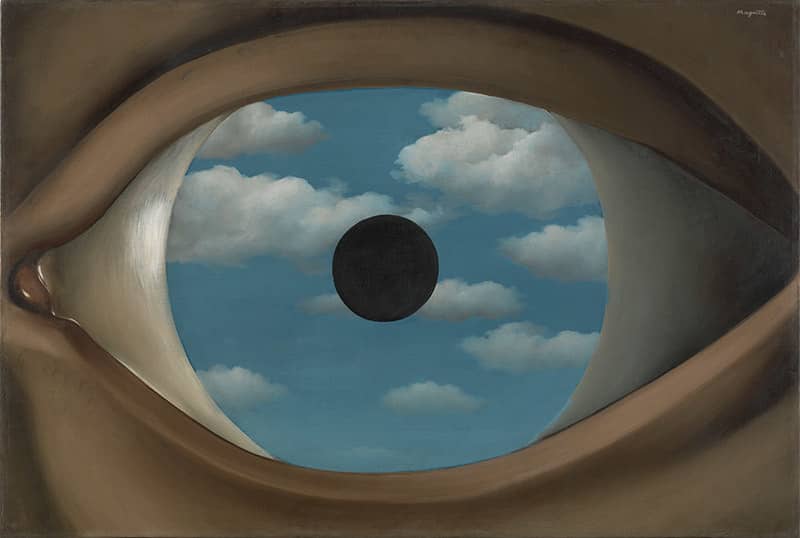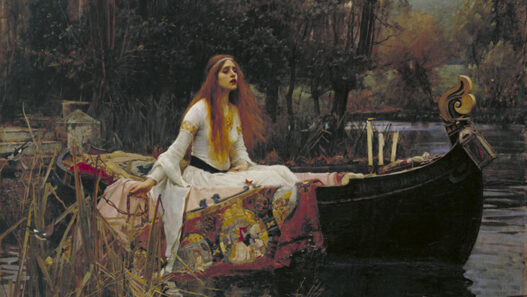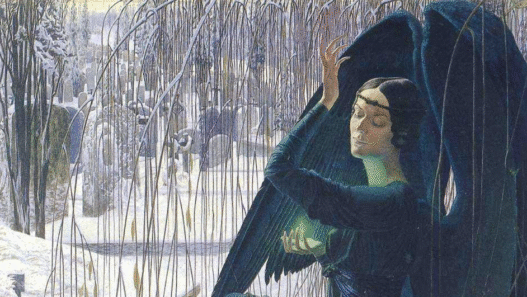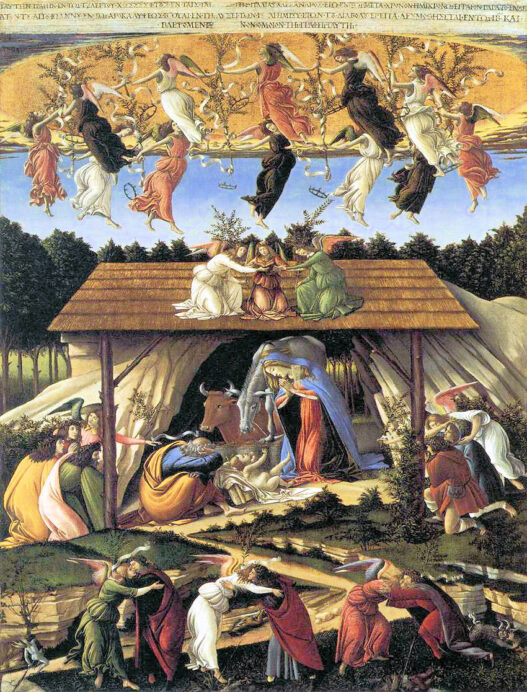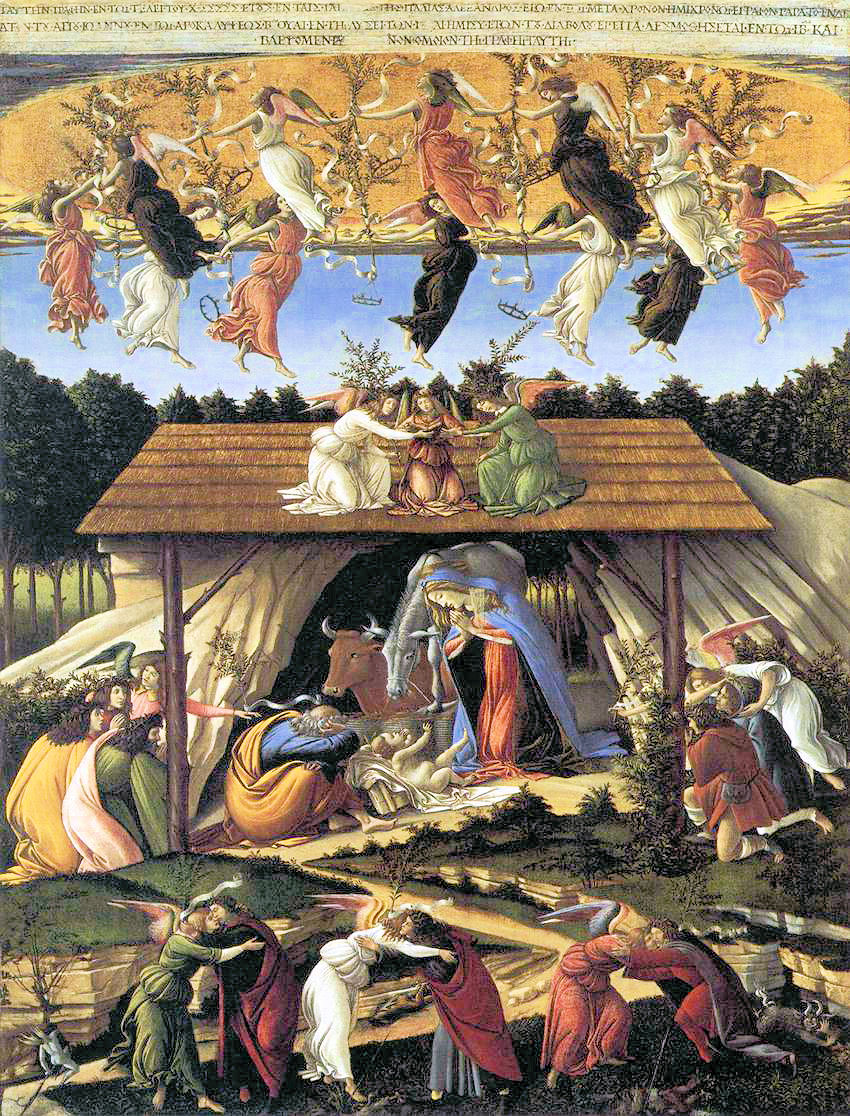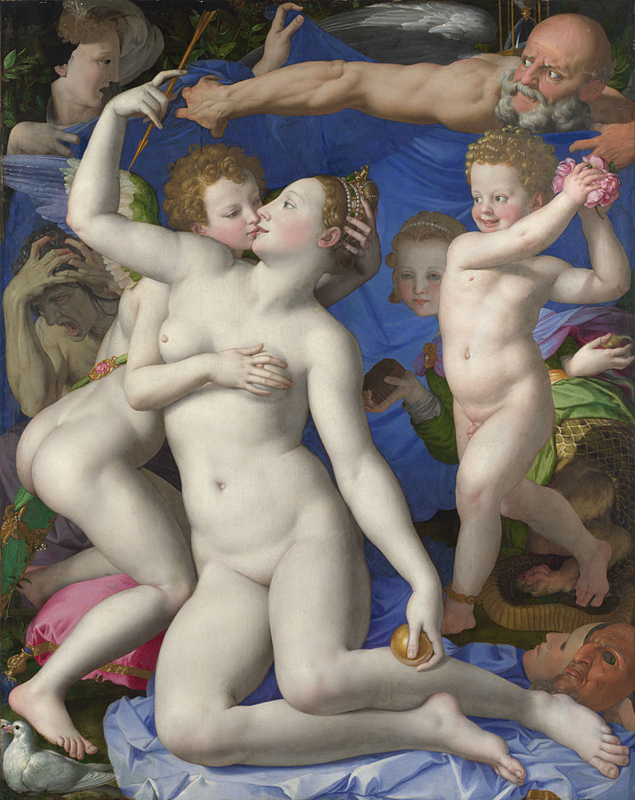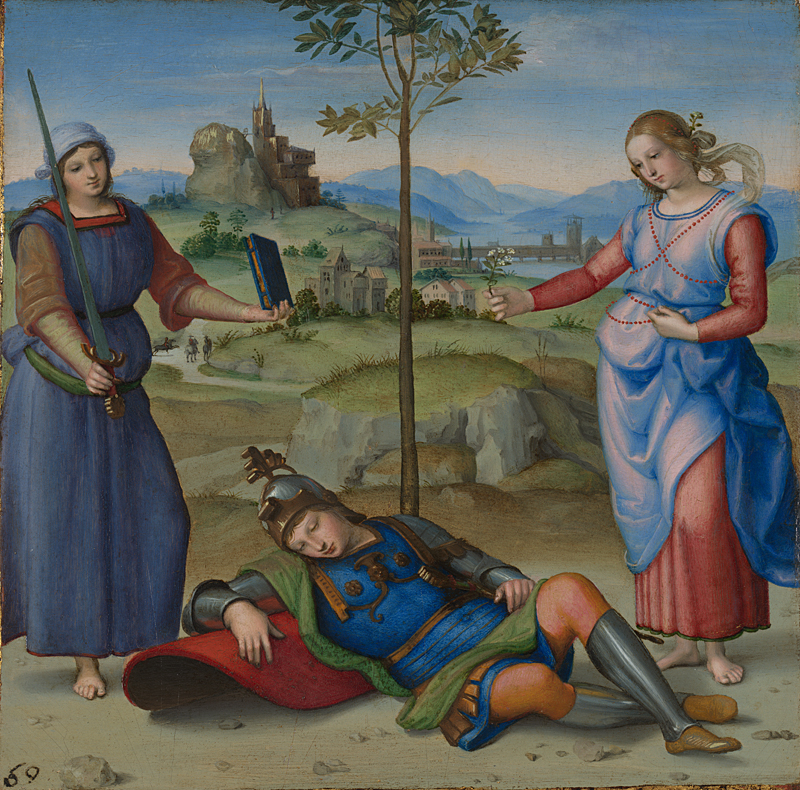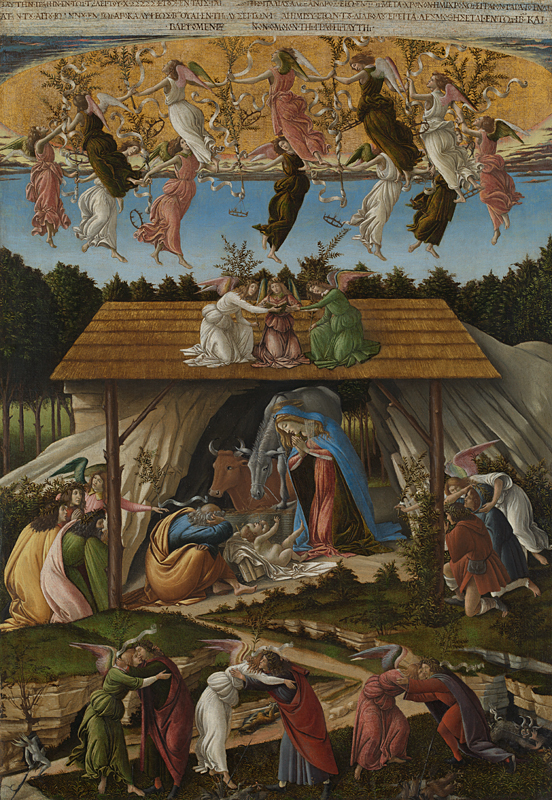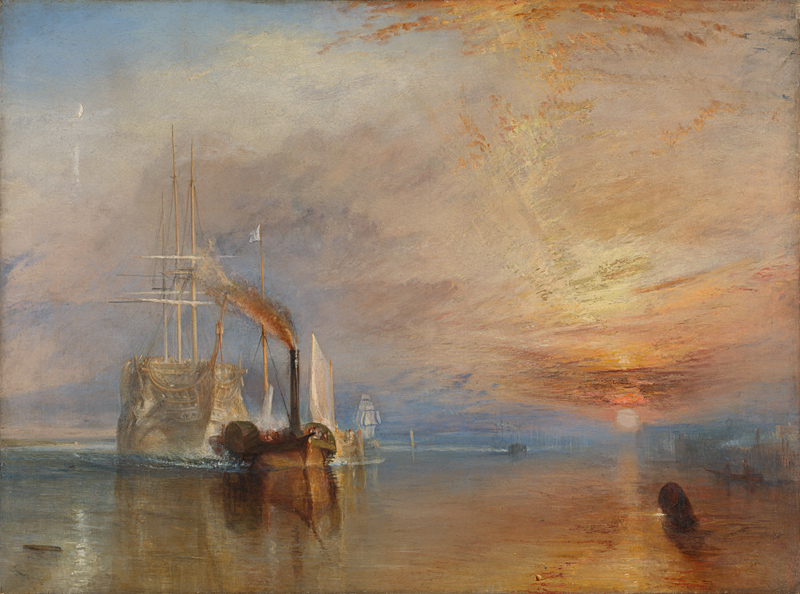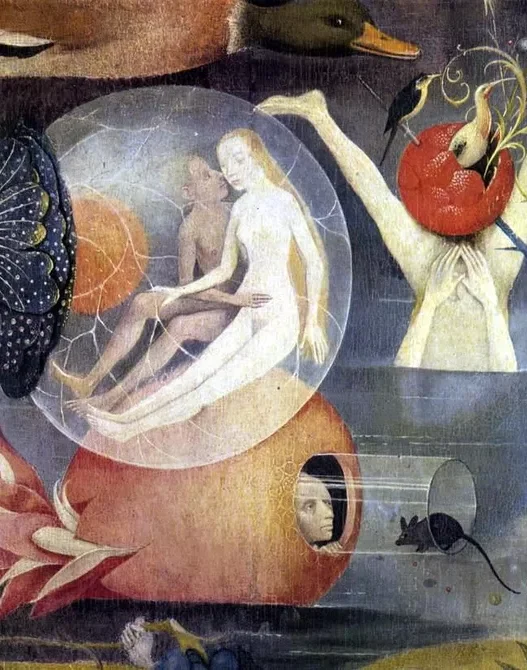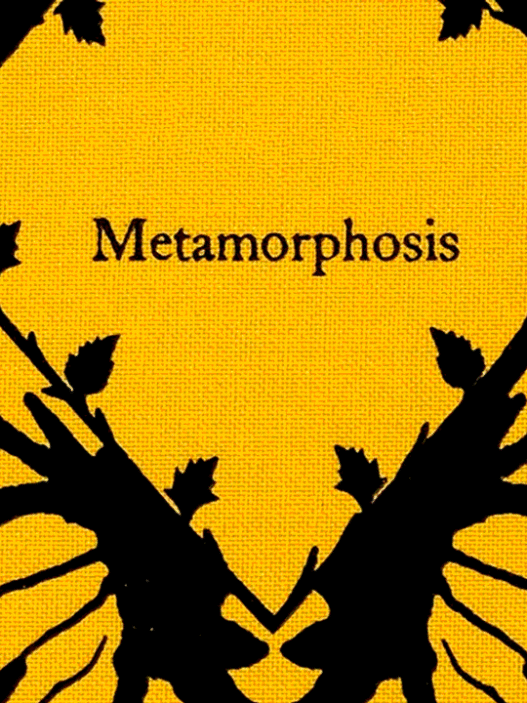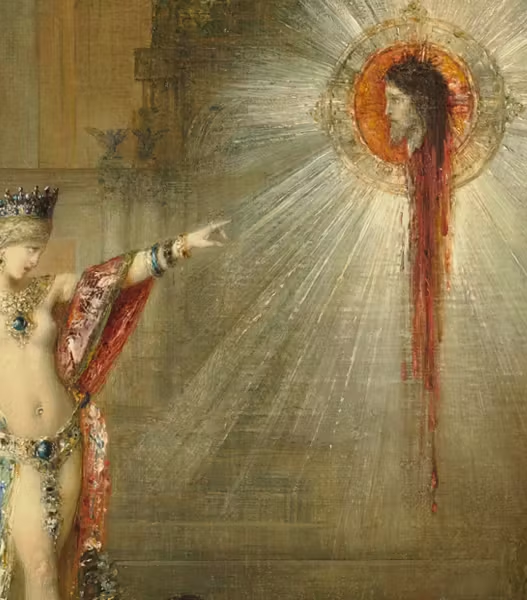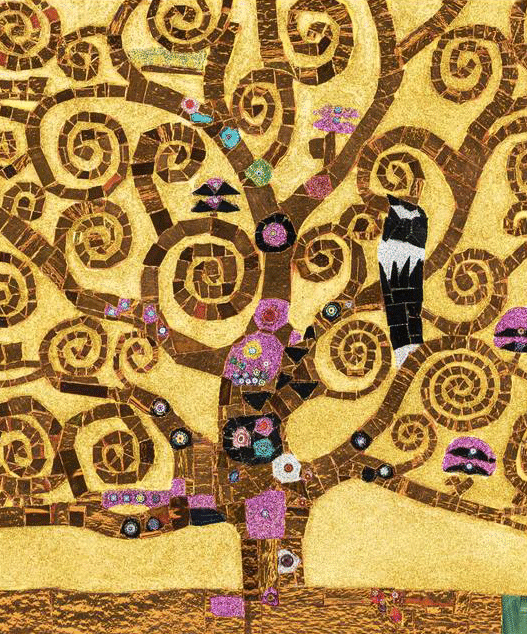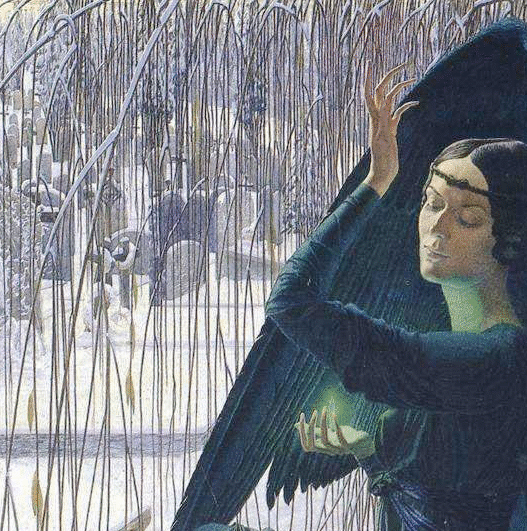The National Gallery in London is home to some of the world’s most iconic and symbolic works of art.
Beyond their beauty and technical mastery, many of these pieces are layered with symbols that reveal deeper meanings, moral lessons, and reflections on society. Here are five of the most symbolic works you can encounter at the Gallery.
Venus, Cupid, Folly and Time by Agnolo Bronzino (c.1545)
At first glance, this painting dazzles with its elegant Renaissance style, but beneath the surface lies a moral allegory. Venus represents love, Cupid embodies desire, Folly hints at recklessness, and time serves as a reminder that beauty and passion are fleeting.
Every detail, the hourglass, the drapery, the figures’ gestures reinforces the idea that pleasure and vanity cannot last forever.
Breakdown Video
The Vision of a Knight by Raphael (1503–1504)
In this small but powerful work, a sleeping knight is faced with two female figures: Virtue and Pleasure. Each side of the painting is symbolic, the sword, book, and flower representing duty, scholarship, and purity; the inviting yet indulgent figure representing temptation. The painting captures the eternal human struggle between living a disciplined life or succumbing to desire.
More Hidden Symbols
https://www.youtube.com/watch?v=I660Flk50T8
The Mystical Nativity by Sandro Botticelli (1500)
Unlike traditional nativity scenes, Botticelli’s Mystical Nativity is filled with symbolism that stretches beyond the birth of Christ. Angels and humans embrace in joy, but demonic figures are cast down beneath. The painting’s apocalyptic undertones, inscriptions, and celestial imagery tie it directly to the Book of Revelation, offering viewers a vision of both salvation and divine judgement.
Main Collection
Location Room 64
Explained in 15 Minutes
The Virgin of the Rocks by Leonardo da Vinci
Da Vinci’s masterpiece goes far beyond a simple devotional image. Mary, Christ, John the Baptist, and an angel are framed in a rocky grotto, each element layered with symbolism. The rocks suggest endurance, the plants purity and divine order, and the hand gestures offer blessings and protection. The balance of light and shadow further reflects spiritual themes of revelation and mystery.
Breakdown Video
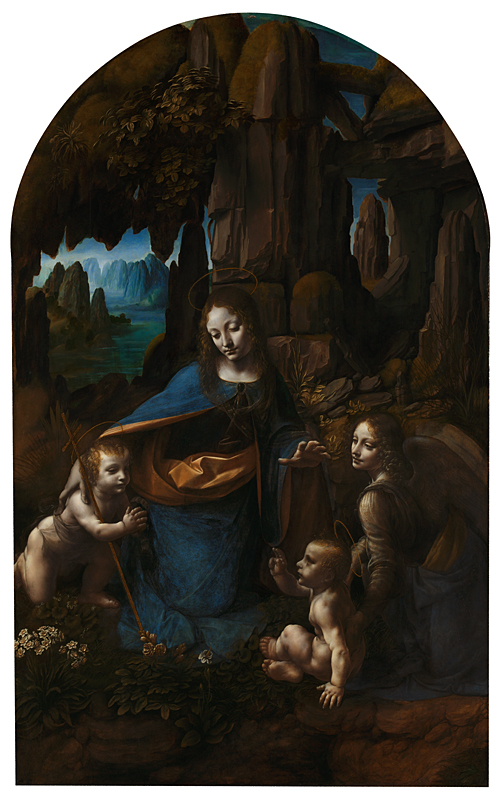
The Fighting Temeraire by J.M.W. Turner (1839)
Turner’s painting is both nostalgic and symbolic of a changing era. The once-mighty warship Temeraire, a hero of the Battle of Trafalgar, is towed to its final resting place by a small steam tug. The contrast of the majestic ship and the industrial tug symbolises the passing of tradition and the rise of modernity. Bathed in a fiery sunset, the work is often seen as a poetic farewell to the age of sail.
Breakdown Video
Why These Works Resonate
These masterpieces continue to resonate because they speak to universal human experiences. Bronzino’s allegory warns us about the fleeting nature of beauty and desire. Raphael’s knight reflects our inner struggle between virtue and temptation. Botticelli’s nativity reminds us of faith, salvation, and divine justice. Leonardo’s grotto scene conveys protection, mystery, and the eternal balance of light and shadow. Turner’s farewell to the Temeraire embodies the bittersweet shift from tradition to modernity.
Together, they reveal how symbolism in art bridges centuries, inviting us to reflect on our own choices, values, and the passage of time.
Further reading on symbolism:
